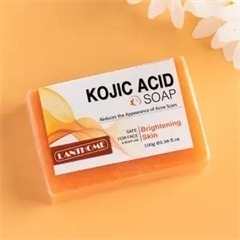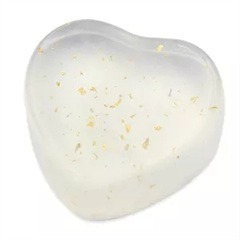1. Saponification Reaction: The saponification reaction is a type of hydrolysis reaction, where ester bonds in fats or oils are cleaved in the presence of an alkali. This reaction produces soap molecules and glycerol (also known as glycerin).
2. Structure of Soap Molecules: Soap molecules have a distinct structure that allows them to interact with both water and oils. Each soap molecule consists of two parts:
- Hydrophilic (Water-Loving) Head: This head is attracted to water molecules. It is composed of the ionic part of the soap molecule, which typically contains a negatively charged carboxylate (COO-) group.
- Hydrophobic (Water-Repelling) Tail: This tail is repelled by water and attracted to oils and grease. It consists of the hydrocarbon chain from the original fat or oil molecule.
3. Formation of Micelles: When soap is added to water, soap molecules spontaneously assemble themselves into structures called micelles. Micelles are spherical clusters where the hydrophilic heads face outward toward the water, while the hydrophobic tails are oriented toward the center, away from water.
4. Interaction with Oils and Dirt: When you rub soap on your hands or surfaces, the hydrophobic tails of the soap molecules attach to oils, grease, and dirt. The hydrophilic heads remain in contact with water. This interaction disrupts the bonding between dirt particles and surfaces.
5. Emulsification and Dispersion: Soap acts as an emulsifying agent, helping to disperse oil and grease in water. The hydrophobic tails surround oil droplets, creating small emulsified particles that remain suspended in the water. This allows the oils and dirt to be easily rinsed away.
6. Cleansing Action: As you scrub and rinse, the soap molecules in the micelles work to break down the oils and dirt on your skin or surfaces. When you rinse with water, the micelles encapsulate the loosened particles, allowing them to be washed away.
Overall, the molecular structure of soap and the saponification process play a critical role in soap’s ability to clean by interacting with both water and oils. This interaction, facilitated by soap’s hydrophilic and hydrophobic components, helps to remove impurities from surfaces and promote good hygiene.





































